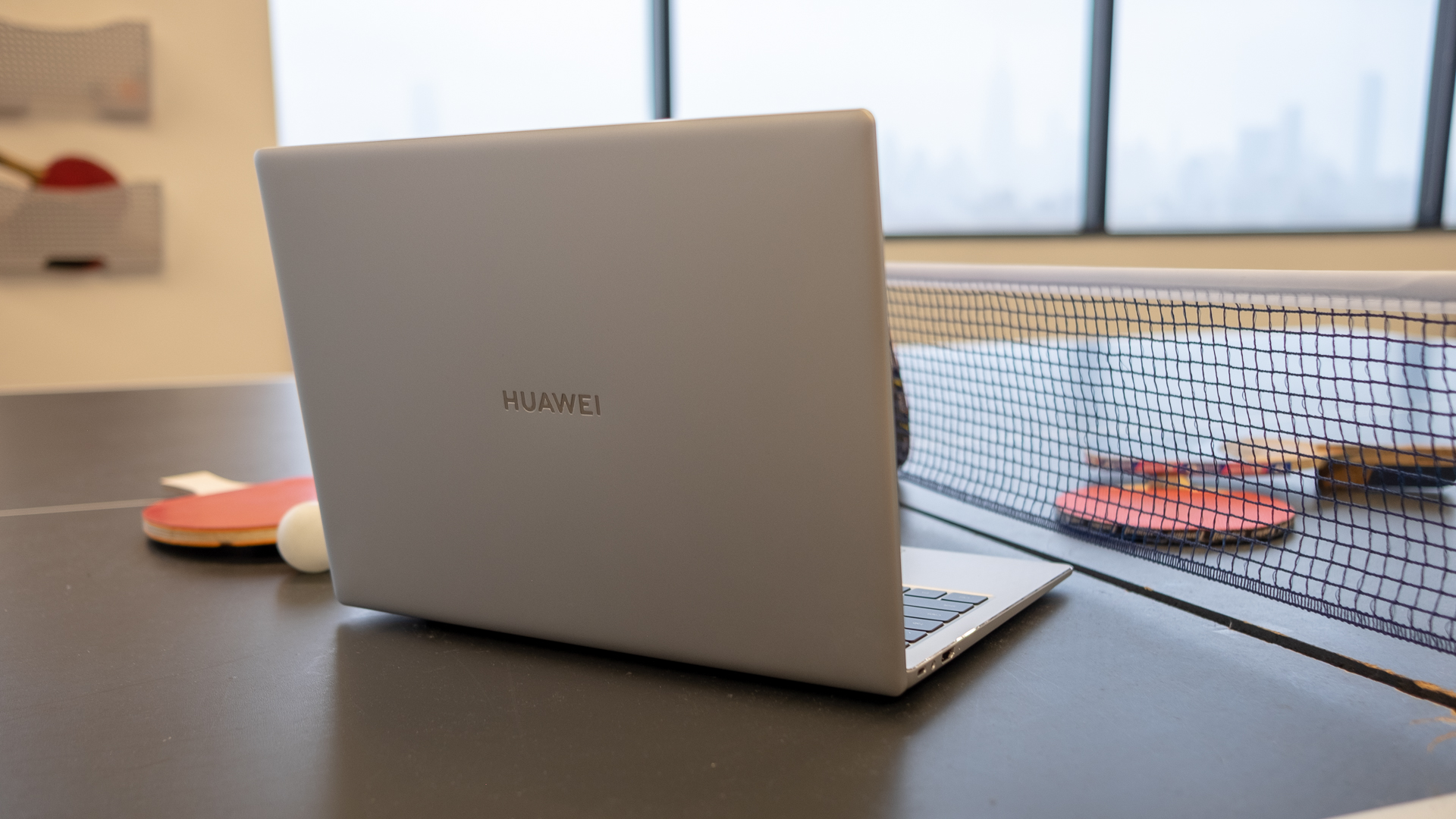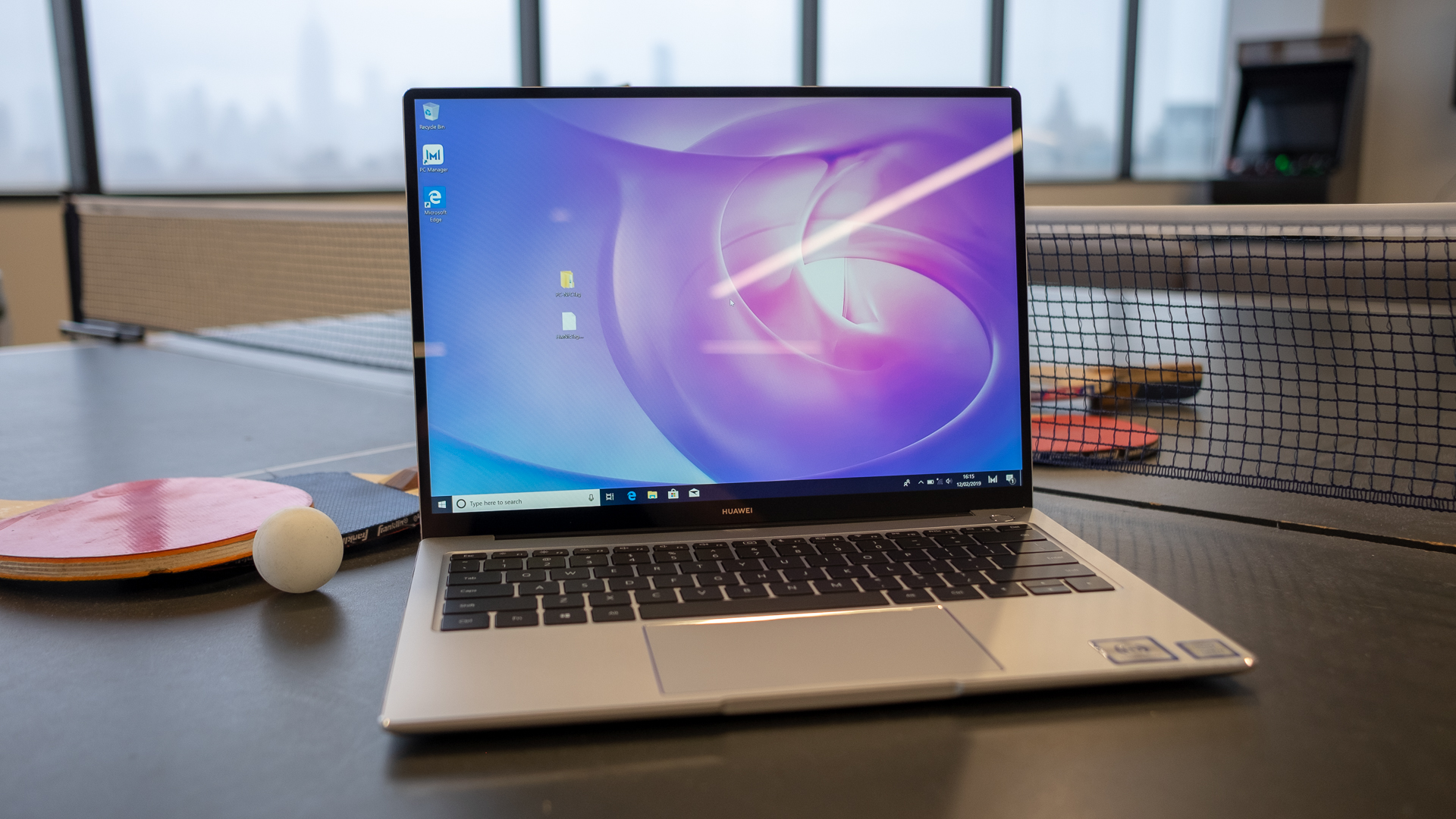Huawei MateBook 14 vs Huawei MateBook X Pro: which laptop is best for you?
The two are so glaringly similar that it’s a tough choice

During MWC 2019, Huawei announced not one, but two fresh laptops for 2019: a refresh of the Huawei MateBook X Pro and the brand-new Huawei MateBook 14. However, looking at the two laptops’ spec sheets, they’re nearly identical – save for some key differences.
Naturally, these differences lead to some even more important differences: price. Depending on what you’re looking for from a luxury laptop, you could either get shortchanged by some missing features or end up severely overspending.
While all of the pricing we have available at the time of writing is in Euros, we expect these general differences in pricing between models to largely translate across regions. So, here’s a primer for both the brand-new Huawei MateBook 14 and refreshed MateBook X Pro for 2019.

Design
Luckily, this is likely to the be the easiest part of this decision, as both laptops are nearly identical in shape, size, look and feel. Both laptops come in your choice of “Mystic Silver” or “Space Gray” colors, and both feature aluminum shells.
However, while the MateBook X Pro is built from a single piece of aluminum for each half of the chassis, the MateBook 14’s base is split between aluminum on the keyboard deck and a less-premium material for the base plate. Similarly, the touchpad on the MateBook X Pro is comprised of glass, whereas the MateBook 14 touchpad is smoothed plastic.
Luckily, both versions of the laptop feature Huawei’s fingerprint power button.
It should be obvious that the MateBook 14 is the thicker and heavier of the two laptops, sitting at 3.37 pounds (1.53kg) and 0.63 inches (15.9mm). The MateBook X Pro, being Huawei’s utmost premium laptop, comes in at just 2.93 pounds (1.33kg) and 0.57 inches (14.6mm).
Sign up for breaking news, reviews, opinion, top tech deals, and more.
However, as you will soon learn, those differences will be all but negligible once you see what’s inside these two laptops.

Display
Looking at them side-by-side, you might have trouble telling the difference between these two laptops’ displays. After all, both are in a 3:2 aspect ratio, have super-thin bezels and offer touch controls (at the high end, in the MateBook 14’s case). But, there are unique facets to both, some that will affect your purchase decision.
The Huawei MateBook 14 uses a strictly 14-inch display with a 2K (2,160 x 1,440) resolution that amounts to 185 pixels per inch (ppi). The screen puts out up to 300 nits of brightness, sports a 1,000:1 contrast ratio and produces 100% of the sRGB color gamut.
Meanwhile, the MateBook X Pro’s display remains largely unchanged year-over-year, being a 13.9-inch panel with a ‘3K’ (3,000 x 2,000) resolution amounting to 260 ppi. All around, this is a better display than the MateBook 14 screen, with a deeper 1,500:1 contrast ratio and higher brightness rating of 450 nits while matching the color gamut.
It’s obviously clear which display is best here, but keep in mind exactly what you’re getting out of those improved visuals – and whether you even need them.

Performance and battery life
This is where things get interesting because, between all of the available configurations for either model, these laptops will ultimately offer about the same level of performance. That’s because you can configure either laptop with the exact same parts inside.
Both laptops start with the 8th-generation Intel Core i5-8265U processor, 8GB of memory and the Nvidia GeForce MX250 graphics processor, while the MateBook 14 and MateBook X Pro start with 256GB and 512GB of SSD space, respectively.
From there, either laptop can be upgraded to house the Core i7-8565U processor and up to 16GB of memory. Beyond this, only the MateBook X Pro can be upgraded to as much as 1TB of storage.
So, it will be safe to expect similar levels of performance from both laptops. In fact, unless Huawei used a higher-wattage version of the MX250 in the MateBook X Pro, the extra pixels in its display will almost certainly introduce additional overhead and reduce the GPU’s effectiveness.
It’s important to note, however, that the MateBook X Pro will be able to make more use of these components in one important way: connectivity. The MateBook 14 has one USB-C 3.1 port, one USB 3.0 port, one USB 2.0 port and an HDMI port.
These all help make the MateBook 14 ultimately compatible and versatile, but don’t tap into the laptop’s power as much as the MateBook X Pro’s ports can. This is because of Thunderbolt 3, currently the fastest kind of USB-C port with data transfer rates of up to 40Gbps. Depending on the kind of user you are, that speed could come in awful handy.
Otherwise, your experience using a similarly configured MateBook 14 and MateBook X Pro will likely be largely the same, save for niceties such as screen sharpness and how quickly you can throw large files onto a flash drive.
However, know that the MateBook 14 is rated for 14 hours of battery life under general use, while the MateBook X Pro can achieve just 12 in comparison. Given that both laptops have the same battery capacity, this is easily chalked up to the increased pixel density of the MateBook X Pro display.

Price
While we only have European Union pricing to go off of, these prices are plenty telling as to how they’ll be positioned worldwide. (Unless configurations change drastically, which is highly unlikely.) Here’s how all of the configurations break down at a basic level:
- Huawei MateBook 14 ((i5/ 8GB RAM/ 256GB SSD/ MX250): €1,199
- Huawei MateBook 14 (i7/ 16GB RAM/ 512GB SSD/ MX250/ Touch): €1,499
- Huawei MateBook X Pro (i5/ 8GB RAM/ 512GB SSD/ MX250/ Touch): €1,599
- Huawei MateBook X Pro (i7/ 16GB RAM/ 1TB SSD/ MX250/ Touch): €1,999
If you look closely, you’ll notice that you can get functionally the same laptop in the MateBook 14 as the MateBook X Pro for a whopping €400 less. Likewise, you can get a majority of the souped-up MateBook X Pro’s improvements within the MateBook 14 – touchscreen included.
Of course, you’re missing out on Thunderbolt 3 connectivity and a massively sharp screen in either case. But, you’re also gaining up to two hours of battery life, should you go with the MateBook 14.

Takeaway
At first, it’s easy to see the extreme similarities in Huawei’s two new laptops to be perhaps uninspired and cynical. After all, certain companies known for all-aluminum products are also known for intentionally confusing their customers into buying things they don’t need.
But, here, Huawei is allowing customers to save money on features or niceties they don’t need or even want on their computer to get the same power that its highest-end laptop provides.
So, if you don’t find yourself making much use of Thunderbolt 3 ports or gobs of SSD space, or don’t need quite that sharp of a screen, then save yourself a ton of money with the MateBook 14 and have largely the same experience. If you need any of those features that badly, then it’s going to cost you.
- These are the best laptops the world over
Images Credit: TechRadar

Joe Osborne is the Senior Technology Editor at Insider Inc. His role is to leads the technology coverage team for the Business Insider Shopping team, facilitating expert reviews, comprehensive buying guides, snap deals news and more. Previously, Joe was TechRadar's US computing editor, leading reviews of everything from gaming PCs to internal components and accessories. In his spare time, Joe is a renowned Dungeons and Dragons dungeon master – and arguably the nicest man in tech.